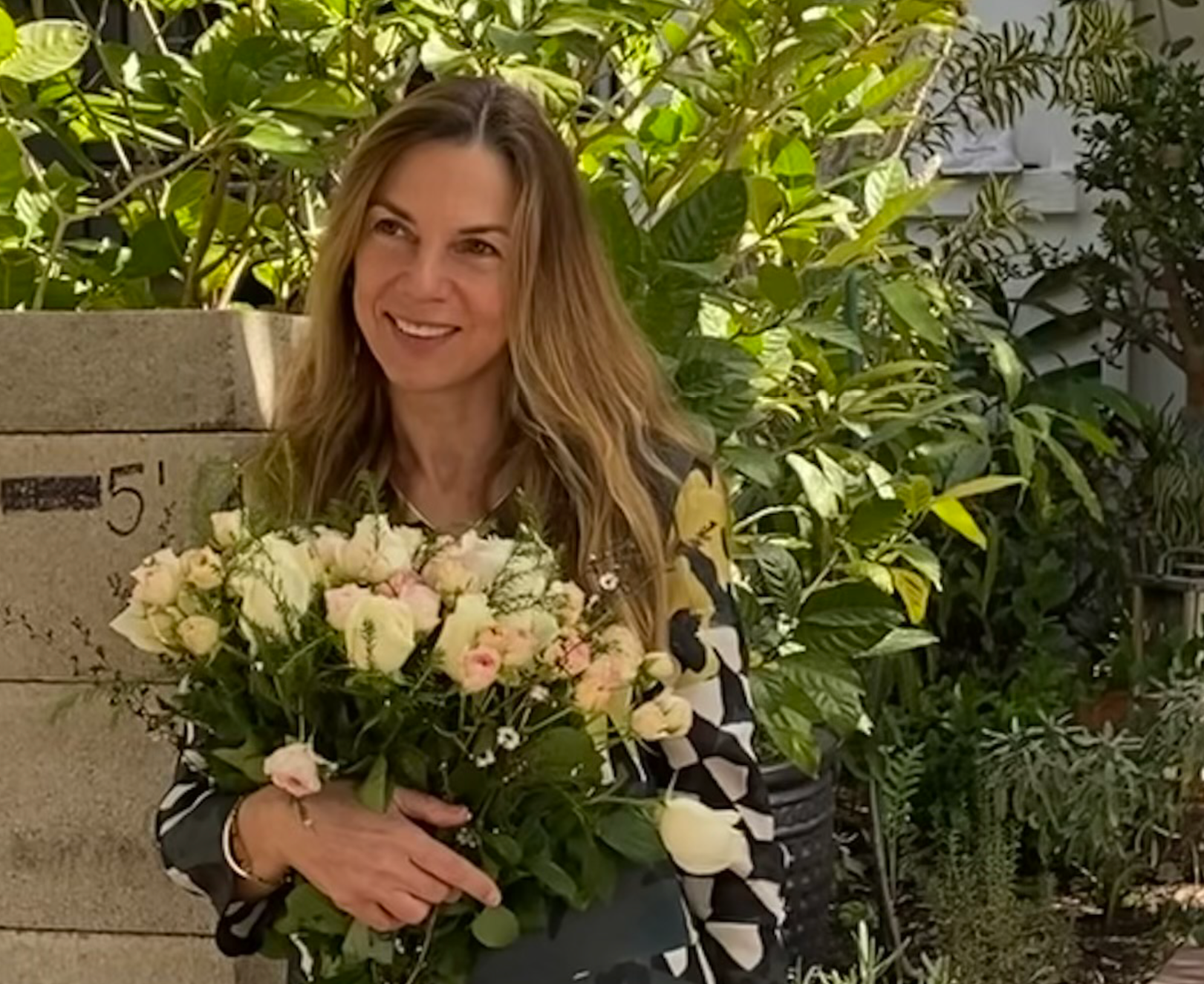
Magdalena Zernicka-Goetz is a developmental biologist at Caltech, and the author of The Dance of Life. Before moderating “What Is the Meaning of Life?,” a Zócalo/CaltechLive! “Behind the Book” event, she wrote in to the Green Room to recall a formative lecture in cell biology, making her own clothing, and her favorite café in Warsaw.
What’s the last song you listened to?
“If I Were a Boy,” Beyoncé.
This song brings back a memory… When I was a young girl, my mother told me that my father had wanted me to be a boy. I couldn’t fully understand this, but in many ways, I did become a boy for him. I was the one girl who played football with other boys after school. No ribbons in my hair. No dresses.
When I was 8, my father enrolled me to a professional tennis club and from then on, my entire childhood was spent on the tennis court playing matches. I was the boy that my father had always wanted to have.
When I was older, I asked my father about it, and he explained that it was only because he thought more chances would have been open to me, as a boy, and that he loved me just the same.
In the context of what Beyoncé is actually singing in her song, if I were a boy indeed, I wish I was a boy as my son is today. Brave but gentle, decisive but caring, open and creative, and fun.
What was your most formative scientific memory?
Listening to a lecture by Andrzej Tarkowski when I was 19 about different experimental manipulations of the cells of mouse embryos showing how incredibly plastic they are. It made me wonder about the mechanisms of this plasticity. How do cells decide what to become? How can cells in the embryo communicate with each other? And what happens when this communication goes wrong? How could I overhear this faulty cell communication and fix it? I became enchanted at that point with the power of our embryos in creating the life of something as complex as ourselves.
As a result of this lecture, I redirected my fascination away from studying the plasticity of our brain and the processes of thoughts and learning, toward the powerful plasticity of our embryos.
What’s your hidden talent?
I love art and have been always undertaking lots of artistic projects. As a child, I adopted art as a way of expressing myself, whether through paintings, homemade jewelry or the clothes I was making. I was knitting but also making chimeric new jumpers from several old ones, mainly from my father—grass green, sky blue and ink blue and then an unexpected bit of red, asymmetrically on the right. I was making dresses from bedsheets and would then embroider them (this was a collaboration with my grandmother). In Poland in the ’70s there was no color, everything was gray, and so were the clothes. So, when I was walking in the street, people would stop me and ask about my jumpers or dresses that I always wore on top of skinny trousers. And to contrast, heavy, men’s shoes were on my feet. I remember that. It was the first time I felt that I could create something unexpected and beautiful… and also how it feels to be acknowledged for your work.
When I started to work as a scientist, I was too busy to make clothes, and I also started to have some money to buy them. But when our children were born, I came back to this art and made lots of art projects with them. My daughter, 19, is the poet of the family. My son, just 14, is a remarkable artist and we love to sometimes paint together. We bought a new house in California just two months before the pandemic and due to the lockdown, all of its empty walls are now full of symbolic figures and their stories. My favorite is of a chimera between [my son’s face] and my face—half-half.
It might be that it was due to this need of creating things with my hands that I started to build embryos from various stem cells in my own lab many years later—colorful embryo models.
What are you most looking forward to doing after COVID?
To fly to Warsaw in Poland and see my mother and to take her to my favorite café close to the old town, for the most delicate apple-y cakes with meringue. And to spend time with family and in a mask-free spirit, and far away from Zoom calls that these days one can do all day long.



